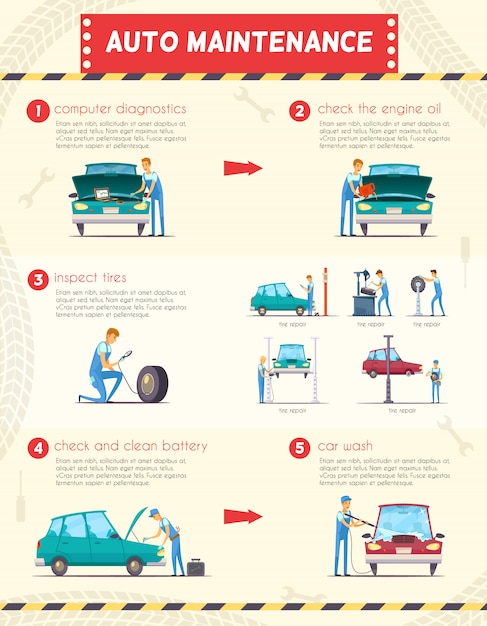Deciphering Your Vehicle'S Warning Indicators: What They Really Represent
Deciphering Your Vehicle'S Warning Indicators: What They Really Represent
Blog Article
Short Article Author-Termansen Corbett
When you're behind the wheel, those radiant warning lights on your control panel can be a little bit bewildering. Do you know what they're attempting to tell you concerning your cars and truck's health and wellness? Recognizing the importance of these lights is vital for your safety and the long life of your automobile. So, the following time among those lights appears, would not you intend to decode its message properly and take the necessary actions to resolve it?
Common Warning Lighting and Interpretations
Determine usual warning lights in your car and recognize their significances to ensure safe driving.
One of the most common caution lights consist of the check engine light, which signals problems with the engine or discharges system. If this light begins, it's critical to have your vehicle examined immediately.
cardetail alerting light indicates low oil pressure, needing prompt focus to prevent engine damages.
A flashing battery light could suggest a damaged charging system, possibly leaving you stranded otherwise addressed.
The tire stress surveillance system (TPMS) light signals you to low tire stress, impacting automobile security and fuel effectiveness. Ignoring this could lead to dangerous driving problems.
The abdominal muscle light shows a problem with the anti-lock stopping system, jeopardizing your capability to quit rapidly in emergency situations.
Last but not least, the coolant temperature warning light warns of engine getting too hot, which can cause severe damages if not dealt with promptly.
Comprehending these usual warning lights will aid you address issues quickly and keep safe driving problems.
Relevance of Prompt Attention
Understanding the typical warning lights in your vehicle is just the first step; the value of immediately addressing these cautions can not be stressed enough to guarantee your safety on the road.
When a warning light illuminates on your dashboard, it's your automobile's means of connecting a possible concern that needs focus. Disregarding these cautions can result in more extreme issues down the road, jeopardizing your safety and security and potentially costing you much more out of commission.
Trigger attention to alerting lights can prevent malfunctions and mishaps. For example, a blinking check engine light might suggest a misfire that, if left ignored, can cause damages to the catalytic converter. Resolving this promptly can save you from a costly fixing.
Likewise, a brake system advising light may indicate low brake fluid or used brake pads, important components for your security when driving.
Do It Yourself Troubleshooting Tips
If you see a caution light on your control panel, there are a few do it yourself fixing suggestions you can try before seeking expert help.
The first step is to consult your auto's manual to recognize what the particular caution light suggests. Often the issue can be as basic as a loose gas cap triggering the check engine light. Tightening up the gas cap may solve the issue.
https://www.waketech.edu/post/wt-news-story/9438 is a reduced battery, which can trigger different cautioning lights. Examining the battery connections for rust and ensuring they're protected may take care of the issue.
If a caution light continues, you can try resetting it by separating the cars and truck's battery for a couple of mins and afterwards reconnecting it. Additionally, inspecting your car's fluid levels, such as oil, coolant, and brake fluid, can assist repair warning lights associated with these systems.
dry ice car cleaning near me , recognizing your auto's caution lights is vital for keeping your vehicle running efficiently and safely. By without delay resolving these alerts and understanding what they suggest, you can prevent costly repair services and prospective malfunctions.
Bear in mind to consult your cars and truck's manual for certain details on each warning light and act as necessary to guarantee a trouble-free driving experience.
Stay educated, stay safe on the road!
